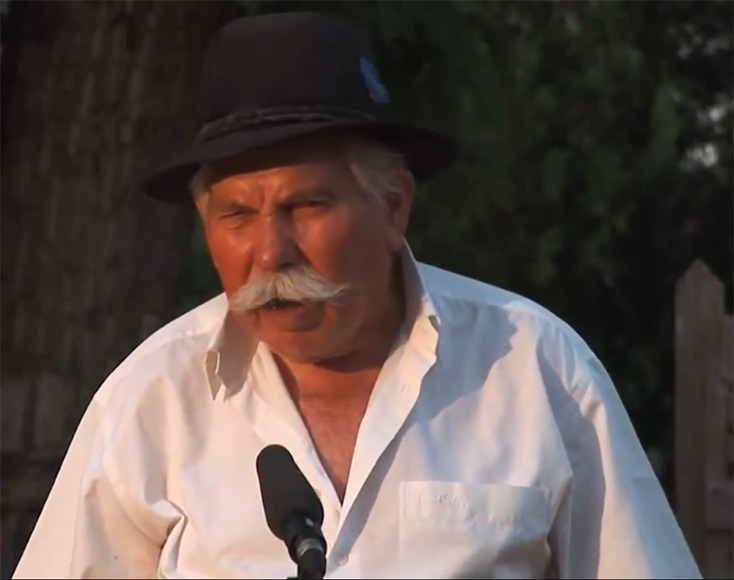The "táncház method" is one of the best practices
The Intergovernmental Committee for the Safeguarding of Intangible Heritage - taking place in Bali (Indonesia) from 22 to 29 November - today inscribed elements from the United Arab Emirates and Peru on the List of Intangible Heritage in Need of Urgent Safeguarding and selected five new ”best safeguarding practices” from Belgium, Brazil, Hungary and Spain.
Tanchaz UNESCO Best Practices
Táncház method: a Hungarian model for the transmission of intangible cultural heritage
The Táncház method
A Hungarian model for the transmission of intangible cultural heritage (Hungary): The Táncház (‘dance-house’) model of teaching folk dance and music combines traditional forms of acquisition with modern pedagogical and folkloristic methods. Anyone regardless of age, competence or prior exposure can become an active participant. The aim is to establish a value-based, community-building, entertaining yet educational form of recreational activity through the practice and transmission of intangible cultural heritage. An annual National Táncház Festival and Fair constitutes the largest meeting of bearers, mediators and enthusiasts, and workshops, camps, playhouses and handicraft clubs have also developed.
 Sztanó Hédi and Kallós Zoltán (photo: Kiss Gábor)
Sztanó Hédi and Kallós Zoltán (photo: Kiss Gábor)
Hungary have been elected to the members of the UNESCO Intangible Cultural Heritage Committe
 Pál István – Master of Folk Art (Kétbodony, 1919–2015)
Pál István – Master of Folk Art (Kétbodony, 1919–2015)
The fifth session of the General Assembly of the States Parties to the Convention for the Safeguarding of the Intangible Cultural Heritage took place from 2 to 4 June 2014 at UNESCO Headquarters. General Assembly having accredited 22 Non-governmental organizations, the Committee can now count on altogether on 178 accredited NGOs to advise it on diverse issues. Twelve Members of the Committee have been newly elected: Afghanistan, Algeria, Bulgaria, Congo, Côte d’Ivoire, Ethiopia, Hungary, India, Mongolia, Republic of Korea, Saint Lucia and Turkey.
”The flame must be kept alive”



